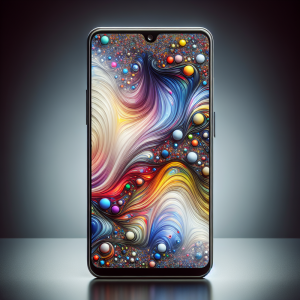Mastering Seamless Omnichannel Retail Engagement
Boosting Business Growth with Scalable Tech Solutions
Winn-Dixie Revamps Loyalty App for Enhanced Shopping
Overcoming Digital Stagnation with Expert Strategies
Streamlining Tech Infrastructure for Corporate Efficiency
Series A Funding Growth Strategies for Businesses
Data Merging Strategies for KPI Dashboard Precision
Post-Merger Integration Keys to Private Equity Success
Navigating AI Integration for Business Growth
OpenAI Advances AGI with Groundbreaking ChatGPT o1
Efficiency Favored in Human Problem-Solving, Study Finds
Generative AI Impact on Mobile App Innovation
AI's Impact on Mobile App Development Trends
AI and AR Integration Strategies for Business Growth
AI-Enabled Communication with Humpback Whale Aids SETI
Technological Developments Shaping the Digital Society
Mastering Digital Adaptation in Today's Tech Revolution
MIT Progresses Towards Artificial General Intelligence
Trump's Presidency and Impending Shifts in AI Regulation
Why will Flash never come to iPhone? We now know.
One of the biggest questions we get when it comes to iPhones/iPads is “why won’t Apple put Flash on it?”. While it has largely been speculative up to now, Steve laid down the law today and clearly laid out, in gruesome detail, why Flash won’t be on the devices now, or ever. There is no question that this is one of the most frank and brutally direct explanations I have ever seen and quite honestly I am extremely pleased he did it. You can read the article here to get all of the details we will gloss over here.
Apple’s anti-Flash rage continues
In case you were asleep for the last few weeks Apple is at it again crafting our future. Like our parents before us, they are deciding what is best for us. For those who actually missed this I am of course referring to the now infamous “3.3.1”. It reads as follows: 3.3.1 — Applications may only use Documented APIs in the manner prescribed by Apple and must not use or call any private APIs. Applications must be originally written in Objective-C, C, C++, or JavaScript as executed by the iPhone OS WebKit engine, and only code written in C,




















